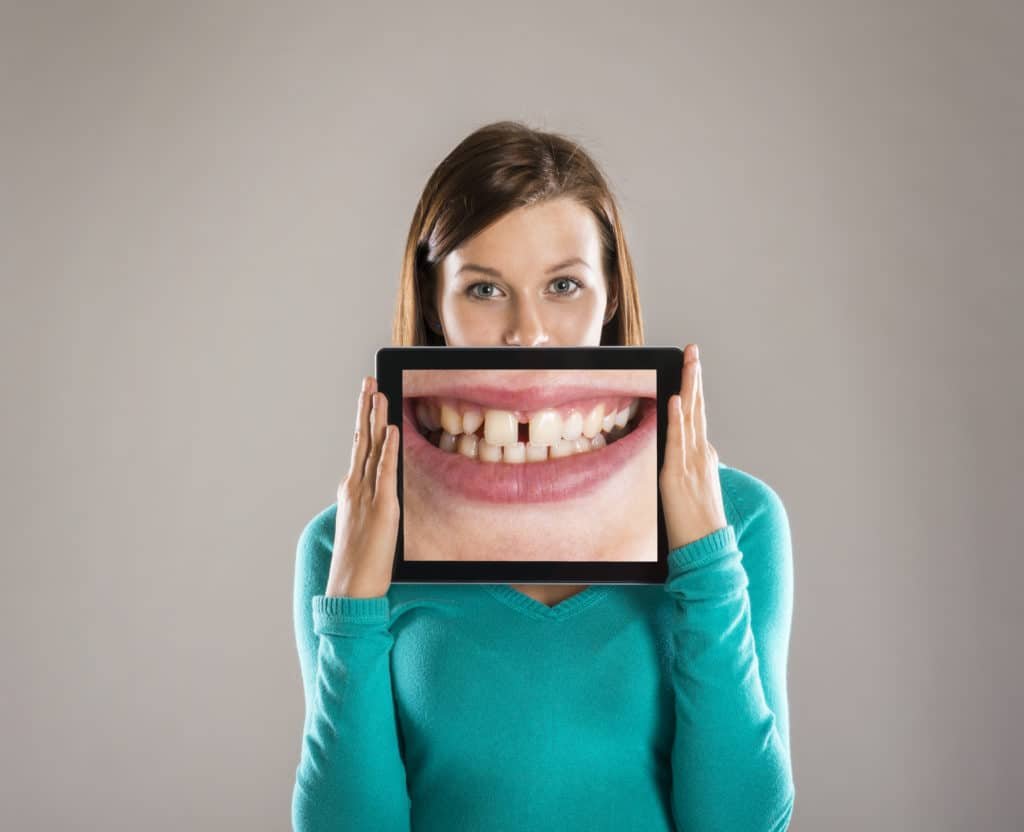A dental crown is a popular temporary tooth restoration treatment. It covers severe decay, bad discoloration, and fractures on natural dental pieces. There are many materials available for corrective dental procedures. The most common are metals, porcelain, resin, and ceramics. Zirconia is growing in popularity due to its many confirmed perks.
Reasons to Get a Zirconia Crown?
Several factors can make your teeth wear down or break. Tooth decay, injuries, and natural aging are among the leading causes of tooth damage. Grinding your teeth, a crossbite, and chewing on hard objects might cause your teeth to lose their shape or reduce in size. Getting a zirconia crown won’t help grow your natural tooth back to health, but it’ll prevent further decay and improve the affected tooth’s appearance. Your dentist may use a dental crown to fix many oral problems.
The most common are:
- Preventing fractures on a weak tooth
- Keeping a tooth together when it’s in bad shape
- Improving the look of your smile
- Restoring a broken or worn-down tooth
- Improving your bite
- Covering large fillings, dental implants, and root canals
- Capping mishappen or discolored teeth
Durability of Zirconia
Zirconia is a newer material for dental restorative treatments. It’s a type of ceramic – or, in more specific terms, a zirconium oxide – that’s stronger than porcelain and some metal alloys, and it gets fewer sharp edges from the normal “wear and tear” that happens over time. Zirconia crowns tend to cause less stress and damage on opposing pieces than their porcelain counterparts. The latter might act like sandpaper when rubbing against your other teeth and causing enamel erosion. That’s one of the many reasons dentists might recommend you to consider zirconia for your dental procedures.

Types of Zirconia Used on Crown
From all the ceramic variations available to date, dentists seem to have two favorites. They often prefer using framework zirconia and full-contour zirconia for dental work. Both options are viable alternatives to using porcelain-metal composites and full-metal blends. Framework zirconia is best for anterior and posterior multi-unit bridges. By masking this versatile material with porcelain or glass, it can look almost like a natural tooth. Full-contour zirconia works better as a monolithic restoration.
Benefits of Getting a Zirconia Crown
Zirconia is the most durable monolithic ceramic, which is a ceramic made without added materials. When comparing it to glass ceramics and dental composite, zirconia is more split-resistant, stiffer, and stronger. These properties hinder cracking and chipping, both on the surrounding teeth and the one underneath the crown. Zirconia has a better shielding capacity that can take higher loads without compromising the integrity of your smile.
How Long Will a Zirconia Crown Last?
Most dental crowns last between five and fifteen years when treated with care. Their longevity will depend on your oral hygiene, among other personal habits. For example, if you grind your teeth in your sleep, you might need a replacement faster than someone who doesn’t. Other practices that will reduce your zirconia crown’s life expectancy include:
- Chewing ice
- Opening packages with your teeth
- Biting your nails
- Bad hygiene
Maintain a Healthy Smile
Innovation in restorative dental treatment materials allows for much more efficient procedures with longer lasting results. When applied the right way, a zirconia crown can improve your overall oral health in a heartbeat. These common dentistry elements will keep your teeth in top shape and make you feel more confident in the process.
Much like any other material, zirconia has its advantages and disadvantages. Check with your dentist if a zirconia crown will work for you. To lower the chances of needing restorative dental procedures, take care of your smile by brushing your pearly whites at least twice a day.




